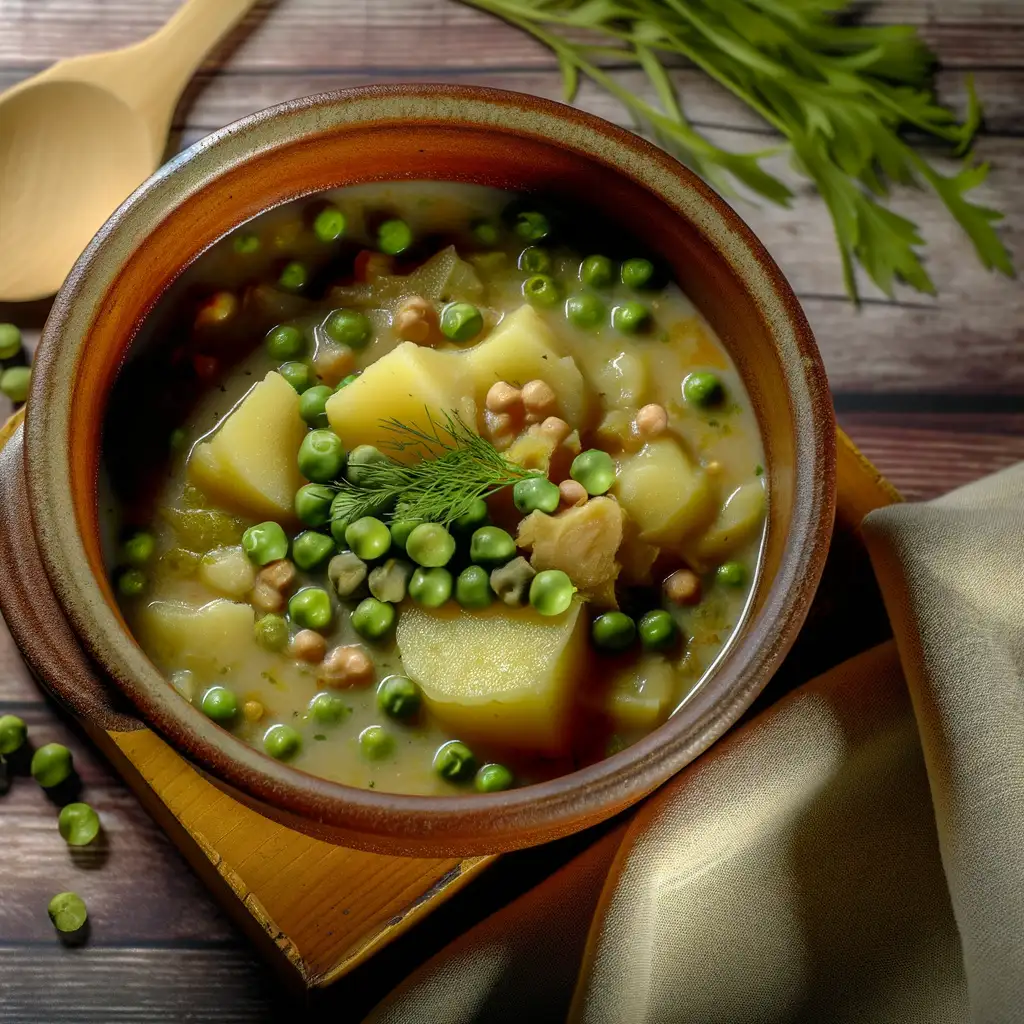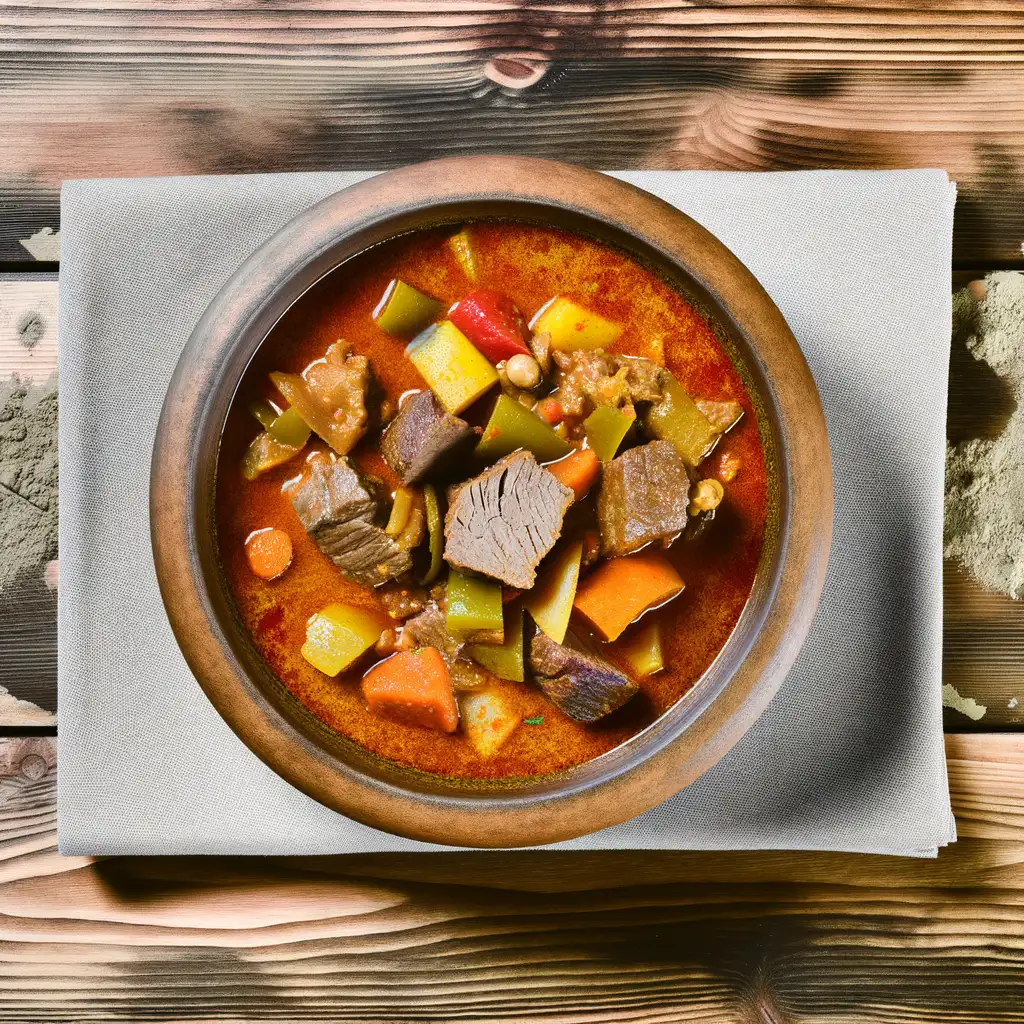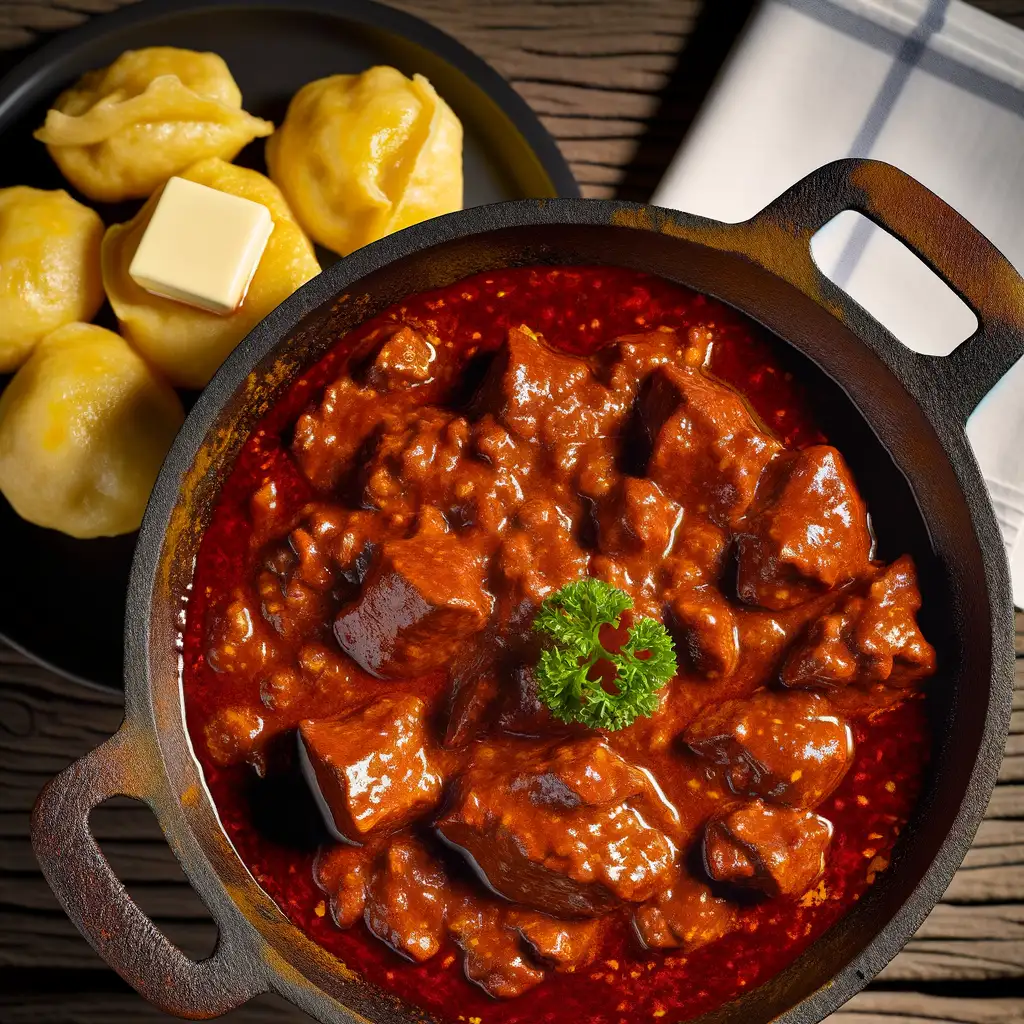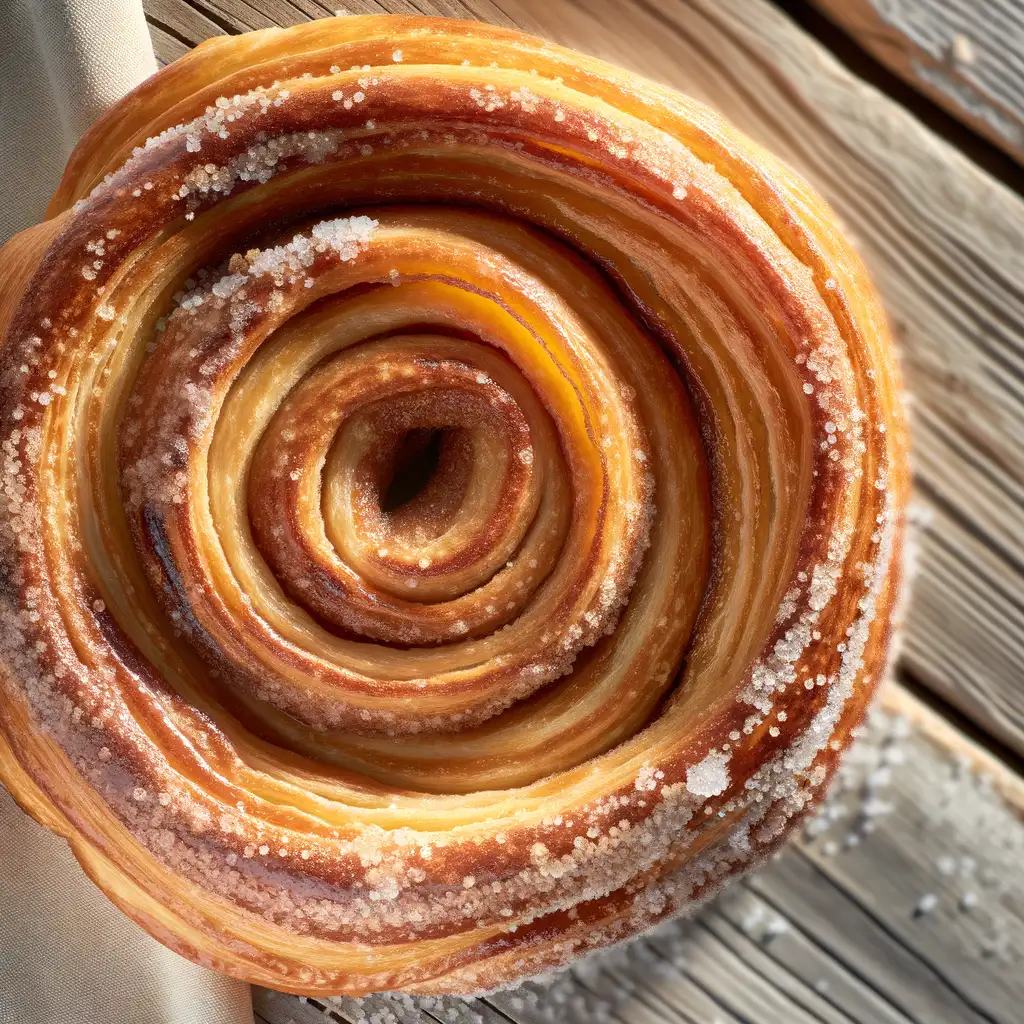



If you ever find yourself craving a mix of relaxation and lively local charm,Hajdúszoboszló is the kind of place that wraps you in a warm,welcoming hug. The moment you step into this Hungarian town,you’re greeted by the gentle hum of bubbling thermal waters and the scent of fresh pastries wafting from cozy cafés. It’s a spot where the air feels lighter,and time slows down just enough for you to savor the simple joys—like dipping into the famous spa pools that steam softly under the sun,or wandering through streets dotted with colorful buildings and friendly faces. What’s really special about Hajdúszoboszló is how it blends its rich history with a vibrant,modern energy. You’ll hear the laughter of families splashing in the water park,the clinking of glasses in rustic taverns serving up hearty Hungarian dishes,and the occasional folk tune drifting from a nearby square. The town’s character shines through in its lively markets,where you can taste homemade sausages,fresh bread,and sweet plum brandy that locals swear by. Beyond the spa,there’s a genuine sense of community here—people who take pride in their traditions but welcome visitors like old friends. Whether you’re lounging by the pools,exploring the nearby Hortobágy National Park,or simply enjoying an evening stroll under the soft glow of street lamps,Hajdúszoboszló feels like a place where you can truly breathe,connect,and recharge.
The information on this page is currently being reviewed by Tripkliq and should be used as a guide only
Eng word: Hello
Eng pronunciation: See-ya
Local language: Szia
Eng word: Goodbye
Eng pronunciation: Vees-laht
Local language: Viszlát
Eng word: Thank you
Eng pronunciation: Kuh-suh-nuhm
Local language: Köszönöm
Eng word: How much
Eng pronunciation: Men-yee-beh keh-rool
Local language: Mennyibe kerül
Eng word: Toilet
Eng pronunciation: Vay-tsay
Local language: WC
Eng word: Help me
Eng pronunciation: Sheg-eet-sheg
Local language: Segítség
Eng word: Yes
Eng pronunciation: Ee-gen
Local language: Igen
Eng word: No
Eng pronunciation: Nem
Local language: Nem
Eng word: Excuse me
Eng pronunciation: El-ney-zesht
Local language: Elnézést
Hajdúszoboszló was first mentioned in historical records in 1075. The town's name is derived from the Hajdú people, a group of soldiers who were settled in the area by István Bocskai in the early 17th century.
In 1606, Prince István Bocskai granted the town special privileges, including tax exemptions and self-governance, as a reward for the Hajdú soldiers' loyalty. This period marked significant growth and development for Hajdúszoboszló.
In 1925, geologist Ferenc Pávai-Vajna discovered the town's rich thermal waters. This discovery transformed Hajdúszoboszló into a renowned spa town, attracting visitors from all over the world.
The first thermal bath complex was opened in 1927. Over the years, it has expanded to become one of Europe's largest spa complexes, featuring a variety of pools, wellness services, and recreational facilities.
During World War II, Hajdúszoboszló suffered damage but quickly recovered post-war. The spa and tourism industry played a crucial role in the town's economic revival.
Hajdúszoboszló is home to several historical buildings, including the Reformed Church, built in the 15th century, and the Bocskai Museum, which showcases the town's rich history and cultural heritage.
In the latter half of the 20th century, Hajdúszoboszló underwent significant modernization. Infrastructure improvements and new tourist facilities have made it a popular destination for both domestic and international visitors.
The town hosts several annual events, such as the Hajdúszoboszló Spa Festival and the Harvest Festival, which celebrate local culture, traditions, and the town's spa heritage.
Hajdúszoboszló boasts beautiful parks and green spaces, such as the Szilfákalja Park, providing residents and visitors with serene environments for relaxation and recreation.
In Hajdúszoboszló, the most common Power Adaptor is Type C, Type F.



A thick vegetable stew, often made with potatoes, peas, or lentils, served as a side dish or main course.

A hearty Hungarian stew made with beef, vegetables, and paprika, known for its rich flavor and warming qualities.

A traditional meat stew, usually made with beef or pork, seasoned with paprika and served with dumplings or bread.

Deep-fried flatbread, often topped with garlic, sour cream, and cheese, popular as a street food snack.

Savory pancakes filled with meat, typically served with a rich sauce, originating from the Hortobágy region.

Stuffed cabbage rolls filled with a mixture of meat and rice, cooked in a savory tomato sauce.

A sweet, spiral-shaped pastry cooked over an open flame, coated in sugar and often flavored with cinnamon or nuts.

Budapest feels like stepping into a storybook where history and modern life dance together effortlessly. The moment you stroll along the Danube River,with the majestic Parliament building glowing in the evening light,you sense a city that’s both grand and inviting. There’s a rhythm here—street musicians playing haunting melodies,the clinking of glasses in cozy ruin pubs,and the gentle splash of thermal baths that have been soothing locals for centuries. It’s a place where every corner whispers tales of empires past,yet pulses with youthful energy.
Wandering through the cobbled streets of the Castle District,you catch the scent of fresh pastries mingling with the earthy aroma of old stone walls. The vibrant markets buzz with vendors selling paprika,fresh bread,and sweet chimney cakes,tempting you to taste the rich flavors of Hungarian cuisine. Budapest’s character shines brightest in its contrasts:the elegant Art Nouveau cafés sit side by side with edgy street art,and the grand boulevards lead you to intimate courtyards where locals sip coffee and chat animatedly.
What makes Budapest truly unforgettable is how it wraps you in warmth—whether it’s the steamy embrace of a thermal bath on a chilly day or the friendly chatter in a bustling café. It’s a city that invites you to slow down,savor every moment,and discover stories hidden in its architecture,food,and people. Trust me,once you’ve felt Budapest’s pulse,you’ll carry a piece of it with you long after you leave.
Vienna feels like stepping into a living storybook where every street hums with history and charm. The moment you wander through its grand boulevards,you’re wrapped in a warm embrace of baroque architecture,cozy coffeehouses,and the gentle melodies of street musicians playing waltzes nearby. There’s a rhythm to the city — elegant yet inviting — where the past and present dance together effortlessly.
As you stroll along the Danube or through the lush gardens of Schönbrunn Palace,you catch the scent of freshly baked strudel mingling with the earthy aroma of roasted coffee beans from a nearby café. The city’s café culture is something special; sitting down with a slice of Sachertorte and a strong Viennese coffee feels like a small,delicious ritual. You’ll hear the soft clink of porcelain cups and the murmur of locals deep in conversation,making you feel instantly at home.
Vienna’s character is a blend of refined artistry and genuine warmth. It’s a place where grand opera houses and modern galleries coexist,and where the locals’ pride in their musical heritage is palpable. Whether you’re exploring the vibrant Naschmarkt with its colorful stalls or catching a live performance in a centuries-old concert hall,Vienna invites you to slow down,savor the moment,and soak in its timeless elegance.
Imagine wandering through a city where the old world gently brushes against the new,and every corner hums with a quiet,inviting energy—that’s Zagreb. From the moment you step into its cobbled streets,you’re wrapped in a warm,lived-in charm. The air carries the scent of fresh coffee mingling with blooming linden trees,while the distant chatter from open-air cafés spills into the streets,inviting you to slow down and savor the moment. Zagreb doesn’t shout for attention; it welcomes you like an old friend,with a smile and a story.
The city’s character is a delightful blend of Austro-Hungarian elegance and vibrant Croatian spirit. Strolling through the Upper Town,you’ll catch glimpses of medieval towers and baroque facades,while the Lower Town buzzes with modern life—art galleries,quirky boutiques,and lively markets where you can taste local cheeses,honey,and the unmistakable sweetness of fresh figs. Music often drifts from street performers,adding a soundtrack to your exploration that feels both spontaneous and soulful.
What makes Zagreb truly special is its rhythm—unhurried yet alive. Whether you’re sipping a glass of robust Croatian wine in a cozy tavern or watching the sunset paint the rooftops in shades of gold and rose,there’s a sense of belonging here. It’s a city that invites you to not just see it,but to feel it,to become part of its story,even if just for a little while.
If you find yourself wandering through Okres Bratislava II,you’ll quickly notice a unique blend of old-world charm and modern energy humming in the air. It’s the kind of place where leafy streets invite you to slow down,while cozy cafés spill the rich aroma of freshly brewed coffee onto the sidewalks. The vibe here is relaxed but alive,like the city is quietly inviting you to explore its layers at your own pace. You might catch the distant laughter of locals chatting in Slovak,mixed with the occasional clink of glasses from a nearby wine bar,creating a soundtrack that feels both intimate and vibrant.
Walking through the neighborhoods,you’ll see a fascinating mix of architecture—from elegant Art Nouveau buildings to sleek,contemporary designs—each telling a story of Bratislava’s evolving character. The parks are lush and inviting,perfect for a lazy afternoon picnic or a peaceful moment watching the world go by. And if you’re a foodie,you’re in for a treat:local markets burst with fresh produce,and small bistros serve up traditional Slovak dishes with a modern twist,filling the air with the comforting scent of paprika and fresh herbs.
What really makes Okres Bratislava II stand out is its warm,welcoming spirit. It’s a place where you can feel the pulse of everyday life—families strolling,artists sketching in the sun,and friends gathering for an evening of music and laughter. Visiting here isn’t just about seeing a new place; it’s about feeling connected to a community that’s quietly proud of its roots and excited about its future.
If you ever find yourself wandering through Split,it’s like stepping into a living,breathing storybook where ancient history and vibrant modern life dance together effortlessly. The moment you stroll along the Riva promenade,the salty breeze from the Adriatic mingles with the aroma of fresh espresso and grilled seafood wafting from nearby cafés. Locals chat animatedly in the sun-dappled squares,their laughter blending with the distant hum of boats bobbing gently in the harbor. There’s a laid-back energy here that feels both timeless and alive,inviting you to slow down and soak it all in.
Split’s heart beats strongest in Diocletian’s Palace,a sprawling Roman fortress that’s less a museum and more a neighborhood where people live,shop,and gather. Walking through its ancient stone alleys,you’ll catch glimpses of colorful markets,artisan shops,and cozy taverns tucked into centuries-old walls. At night,the city transforms as lanterns flicker on,and the sound of live klapa singing—traditional a cappella harmonies—drifts through the air,wrapping you in a warm,soulful embrace.
What really makes Split unforgettable is how effortlessly it blends the old with the new. You can savor a plate of fresh octopus salad while watching fishermen haul in their catch,then wander to a rooftop bar for a cocktail as the sun sets behind the islands. It’s a place where every corner tells a story,every meal feels like a celebration,and every moment invites you to become part of its ongoing tale.
If you ever find yourself wandering through the sun-drenched streets of Dubrovnik,you’ll immediately feel like you’ve stepped into a living storybook. The city’s ancient stone walls rise proudly against the sparkling Adriatic,and as you stroll along the marble-paved Stradun,the salty sea breeze mingles with the scent of fresh pine and blooming bougainvillea. There’s a rhythm here—a gentle hum of life where history and modern charm dance together effortlessly.
Dubrovnik’s character is woven into every corner:the clatter of café cups,the murmur of locals chatting in cozy taverns,and the distant call of seagulls overhead. You can almost taste the city in the air—briny and fresh,with hints of grilled seafood and ripe figs from the markets. Sitting at a seaside restaurant,watching the sun dip behind the fortress walls,you’ll savor dishes bursting with Mediterranean flavors,paired with a glass of crisp Croatian white wine.
What makes Dubrovnik truly special is how it balances its rich past with a vibrant present. The city’s narrow alleys invite exploration,revealing tucked-away galleries,artisan shops,and lively squares where music spills out into the streets. Whether you’re tracing the footsteps of ancient mariners or simply soaking up the golden light on a quiet terrace,Dubrovnik feels like a warm embrace—inviting,timeless,and utterly unforgettable.
Tourists may be lured into booking fake accommodations online or be charged extra fees upon arrival.
Tourists may encounter individuals or unofficial exchange offices offering poor exchange rates or counterfeit currency.
Unlicensed individuals may pose as tour guides, offering subpar or inaccurate tours for high fees.
Some taxi drivers may overcharge tourists by not using the meter or taking unnecessarily long routes.
Crowded tourist areas, such as markets or thermal baths, may attract pickpockets targeting valuables like wallets and phones.
Some restaurants may inflate bills by adding hidden fees or charging for items not ordered.
Some spas or wellness centers may pressure tourists into purchasing expensive treatments or services not initially agreed upon.
Vendors may sell counterfeit or low-quality goods at inflated prices, targeting unsuspecting tourists.
Hungary has strict laws regarding the possession, use, and distribution of drugs. Possession of even small amounts of illegal drugs can result in severe penalties, including imprisonment. Tourists should be aware that drug laws are rigorously enforced, and there is little tolerance for drug-related offenses. It is advisable to avoid any involvement with illegal substances while visiting Hajdúszoboszló.
In Hajdúszoboszló, as in the rest of Hungary, smoking is prohibited in enclosed public spaces, workplaces, and public transportation. This includes restaurants, bars, and cafes, although some establishments may have designated smoking areas. Smoking is also banned in certain outdoor areas such as playgrounds, sports fields, and within a certain distance from the entrances of public buildings. Violations can result in fines.
Vaping is subject to similar regulations as smoking in Hajdúszoboszló. It is prohibited in enclosed public spaces, workplaces, and public transportation. Some outdoor areas may also have restrictions. Tourists should look for designated vaping areas or ask local establishments about their policies. Non-compliance can lead to fines.
What are other people saying about Hajdúszoboszló?
Recent Social posts about Hajdúszoboszló
There is nothing to show you for now.